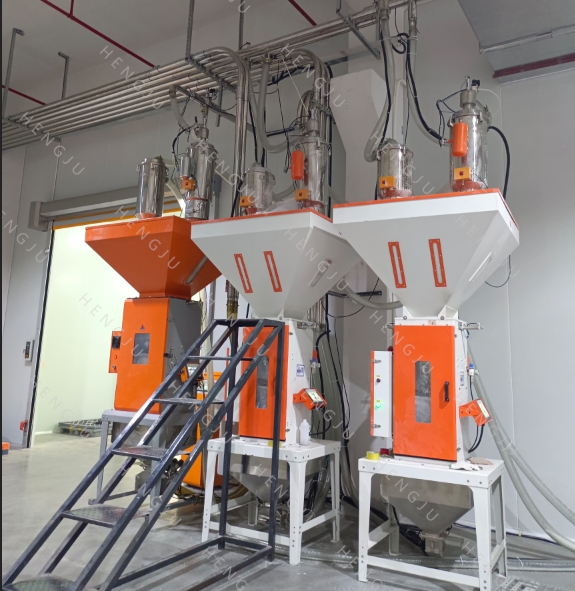Plastic lunch boxes have become the main force in the food packaging industry because of their lightness, practicality and high cost-effectiveness. However, in the production process, manufacturers face many technical challenges to ensure that the lunch boxes have excellent transparency and heat resistance. These problems not only affect the market performance of the products, but also put forward higher requirements for production efficiency and cost control.
Transparency and heat resistance issues in the production of plastic lunch boxes
1.Transparency issues:
Consumers have an increasing demand for transparent plastic lunch boxes. Transparent lunch boxes not only improve the aesthetics of food display, but also allow consumers to see the quality of the food in the box at a glance. However, during the thermoplastic molding process, due to uneven material ratios or inadequate control of process parameters, the transparency of the lunch box may be affected, resulting in fogging or unevenness, making the product visually unattractive.
2.Heat resistance issues:
With the increase in demand for takeout and food storage, the heat resistance of plastic lunch boxes has become critical, especially in scenarios where they need to withstand microwave heating. Improper material formulation or processing parameters may cause the lunch box to deform at high temperatures, or even release harmful substances, affecting food safety and consumer health.
3.Material waste and production costs:
In large-scale production, the efficiency of material use directly affects production costs and environmental sustainability. Manual operation makes it difficult to ensure that the proportion of materials added each time is consistent, resulting in material waste or an increase in the production of defective products.
How gravimetric blender solve these problems
As a high-precision production equipment, gravimetric blender can play a vital role in the production of plastic lunch boxes and help solve the above-mentioned transparency and heat resistance problems.

1.Improve transparency:
The gravimetric blender ensures uniform mixing of materials by accurately controlling the addition ratio of each raw material. This precise ratio control eliminates the transparency problem caused by uneven raw materials during the production process, making the final product more transparent and improving the market competitiveness of the product.
2.Enhance heat resistance:
The gravimetric blender can accurately measure the amount of heat-resistant additives, so that the lunch box can obtain ideal heat resistance during the production process, avoiding the problem of high-temperature deformation caused by improper material ratio, thereby improving the safety and practicality of the lunch box.
3.Reduce material waste:
Through precise batching and measurement, weighing and measuring instruments greatly reduce the waste of raw materials. It ensures that each batch of materials can be fully utilized, reduces the scrap rate, and thus reduces production costs. At the same time, this efficient use of raw materials is also in line with the production concept of environmental protection and sustainable development.
Conclusion
The transparency and heat resistance of plastic lunch boxes are important factors affecting product quality and market competitiveness. Gravimetric blender not only solve these production problems through their precise control and measurement functions, but also improve production efficiency and product quality. For plastic lunch box manufacturers who pursue excellent quality, gravimetric blender are undoubtedly an indispensable equipment. It can help companies stand out in the fierce market competition and provide better and safer food packaging solutions.


